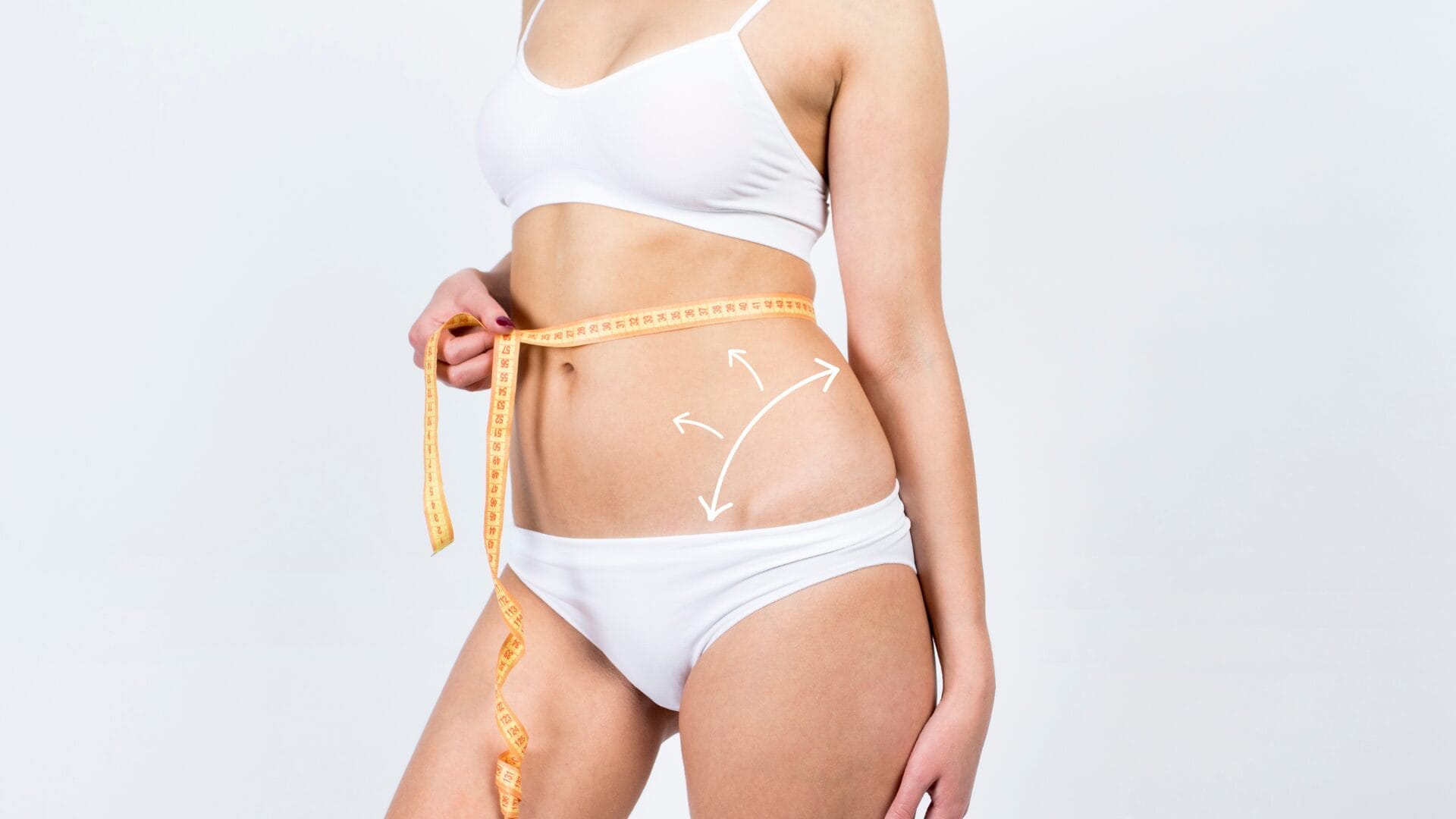With so many factors influencing the number of hours and quality of sleep you get each night, maintaining a good sleeping pattern can be a lot easier said than done.
While caffeine, stress, anxiety and menopause may be some of the most common culprits behind poor sleep, your inability to fall asleep could also be caused by a sleep disorder.
In this guide, we explain the different types of sleep disorders, discussing how they affect your sleep and which lifestyle changes can help improve your nightly routine.
The main types of sleep disorders
There are several different types of sleep disorders and each can affect you in slightly different ways. They can also take time to overcome and be especially challenging to deal with on a nightly basis.
However, by understanding your sleep disorder in more detail, you can learn to not only manage it more easily but also improve both your quality and quantity of sleep.
Listed below are some of the most common types of sleep disorders and the symptoms they can cause.
Insomnia
Believed to affect around one in three people in the UK, insomnia is one of the most common sleep disorders.
Defined as a difficulty in either falling or staying asleep, the disorder is thought to be more common in elderly people, but can affect people of any age.
Some of its main associated symptoms include:
- Lying awake for hours at a time
- Waking up multiple times
- Waking up too early and not being able to fall back asleep
- Not feeling rested or refreshed in the morning
- Unable to nap during the day when tired
- Irritability or difficulty concentrating
Generally, insomnia goes away on its own and does not cause any serious, long-lasting effects. But for some people, insomnia can last months or even years.
While the cause of insomnia is not entirely understood, it’s thought to be triggered by:
- Stress
- Anxiety
- Poor sleeping environments (uncomfortable mattress or a room that’s too bright, hot, cold or noisy)
- Menopause
- Mental health conditions like depression
- Physical health conditions that cause chronic pain
- Medications like antidepressants and steroids
Overcoming insomnia depends on the underlying cause. For example, if your sleeping environment isn’t great, you may be able to easily change it. But if your insomnia is caused by medication or mental health conditions, you should speak with your doctor about your symptoms.
Sleep apnoea
Sleep apnoea is a sleeping disorder where you stop breathing temporarily at night while sleeping. This happens because the walls of your throat relax and narrow while you sleep, causing a blockage in your airway.
While it’s normal for your muscles to relax at night, most people don’t experience breathing problems. However, if your airway is narrowed already, it can lead to difficulty breathing at night.
Some of the main reasons your airways might become narrowed include:
- Being overweight
- Being over 40
- Taking sedative medications
- Drinking alcohol
- Smoking
- Menopause
- Family history of sleep apnoea
- Nasal congestion
As well as interrupted sleep, sleep apnoea can cause loud snoring and breathing and leave you feeling unrefreshed in the morning.
In most cases, you will be advised to make lifestyle changes and start using a continuous positive airway pressure (CPAP) machine. This device stops your airways from closing by supplying you with compressed air through a mask you wear to bed.
If you have sleep apnoea and don’t take steps to manage it, this could lead to an increased risk of high blood pressure, heart attacks and stroke.
Fatigue and TATT (tired all the time)
While it’s perfectly normal to feel tired at different points of your day, in an ideal world, you should only feel tired before you go to bed – not when you wake up in the morning.
Therefore, if you find yourself feeling fatigued or tired all the time (TATT), this could be a sign of an underlying health condition. Some possible causes for TATT include:
- Underactive thyroid (hypothyroidism)
- Sleep apnoea
- Anaemia (low red blood cell count)
- Depression
- Anxiety
- Stress
Different factors can also cause temporary TATT, including stressful life events, bereavement and mild illnesses.
Treatment for fatigue and TATT will also depend on the underlying cause. Hypothyroidism, for example, requires medication, whereas anxiety may require psychotherapy or medication.

Other types of sleep disorders
Although insomnia, sleep apnoea and fatigue are more commonly known, many other disorders can cause just as much disruption to your sleep quality.
Sleep walking
Sleepwalking is where you walk or perform different activities when you’re in a deep sleep. While it’s more common in children, it can happen at any age and is thought to run in families.
While the exact cause of sleepwalking remains unknown, some things can trigger you to sleepwalk or make your condition worse. For example, this can include:
- Feeling overly tired
- Stress
- Anxiety
- Having a high temperature when unwell
- Drinking too much alcohol
- Taking drugs
- Some sedative medications
- Waking up suddenly while in a deep sleep
Some people may experience sleepwalking alongside other disorders like sleep apnoea.
If you sleepwalk, you may simply sit up in bed before lying down and going back to sleep. Other times, you may get out of bed and walk around and even complete tasks such as getting dressed.
Most of the time, your eyes will be open when sleepwalking, so it can be confusing if you are found in this state.
Occasional sleepwalking doesn’t need medical attention and is rarely a sign of something serious. However, if it happens frequently or you are putting yourself at risk, it’s always best to see your doctor. They will be able to refer you to a specialist sleep centre so your sleep patterns can be studied and the appropriate treatment recommended.
Narcolepsy
Narcolepsy is a sleep disorder caused by a long-term brain condition. If you are narcoleptic, you may not be able to control when you sleep or wake up. This is because your brain cannot regulate your sleeping patterns, leading to long periods of sleep or falling asleep when you don’t plan or want to.
Other symptoms of narcolepsy can include:
- Excessive sleepiness during the day
- Sleep attacks where you fall asleep without trying
- Cataplexy which is a temporary loss of muscle control
- Sleep paralysis
- Hypnagogic hallucinations (dreams as soon as you fall asleep)
- Hypnopompic hallucinations (dreams just before you wake up)
To diagnose narcolepsy, a specialist in sleep disorders will carry out different tests to rule out other conditions and confirm the condition. You will usually need to stay overnight in a sleep centre so your sleep can be monitored.
Since there’s no cure for narcolepsy, treatment will often involve trying to improve your sleeping habits and taking certain medications.
Sleep eating disorder
Sleep eating disorder (SED) is a rare type of sleep disorder that causes you to carry out unusual eating behaviours while you’re sleeping. Most people will not remember eating when they wake up, causing confusion for you and any loved ones you live with.
People can experience SED every night and sometimes more than once per night. It can even occur if you aren’t feeling hungry before bed.
Generally, the foods eaten during a SED episode are high-calorie, sugary foods which can have negative effects on your health if your condition remains uncontrolled.
During SED episodes, you might eat foods you don’t normally like, not prepare foods properly or injure yourself with utensils.
While it’s not entirely known what causes SED, it’s thought to be more common if you already have a pre-existing sleep disorder, like sleepwalking.
Some of the other main risk factors for SED are:
- Certain medications
- Dieting during the day
- Stress
- Quitting smoking
- Giving up excessive alcohol consumption
It’s not always possible to fully treat SED so, if you have it, you must add safety precautions to your home. For example, storing knives in locked drawers or putting a lock on the kitchen door can help.
You should also try to address any other sleep problems or health conditions you are experiencing as this could help reduce your risk of an SED episode taking place.
Sexsomnia
Sexsomnia is a very rare sleep disorder where you engage in sexual activities or behaviours in your sleep. You may masturbate, initiate sex with someone or make sexual movements.
The cause of sexsomnia is not fully understood but it is commonly associated with other sleep disorders, stress and drinking alcohol.
Sexsomnia is relatively rare with the current prevalence remaining relatively unknown. Treating sexsomnia normally relies on managing the underlying causes of your sleep disorders, such as using a CPAP machine or altering your dose of certain medications.
Lifestyle changes for better sleep
Although some sleep disorders need medication to fully control them, there are some lifestyle changes you can make to help manage them.
- Avoiding caffeine is important when trying to improve your sleep.
- Alcohol can also act in a similar way as a stimulant, keeping your brain active when you should be asleep.
- You should try to avoid large meals before bed as this can affect your digestion and reduce the quality of your sleep.
- Performing regular exercise is another great way to tire yourself out both mentally and physically, helping you fall asleep easier and for longer. However, try not to perform strenuous or high-intensity workouts right before bed as this can actually have the opposite effect.
News and articles
We offer a range of news and blog articles to enable people to make more informed decisions when it comes to the treatments we have at The McIndoe Centre.





